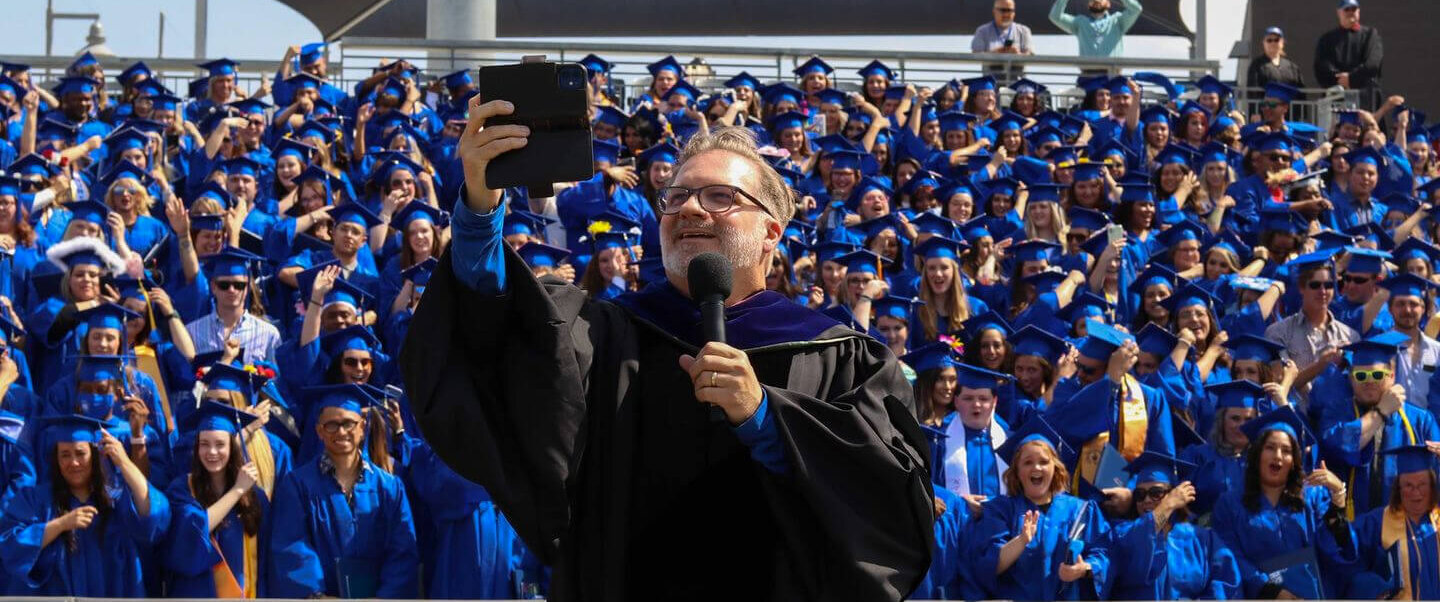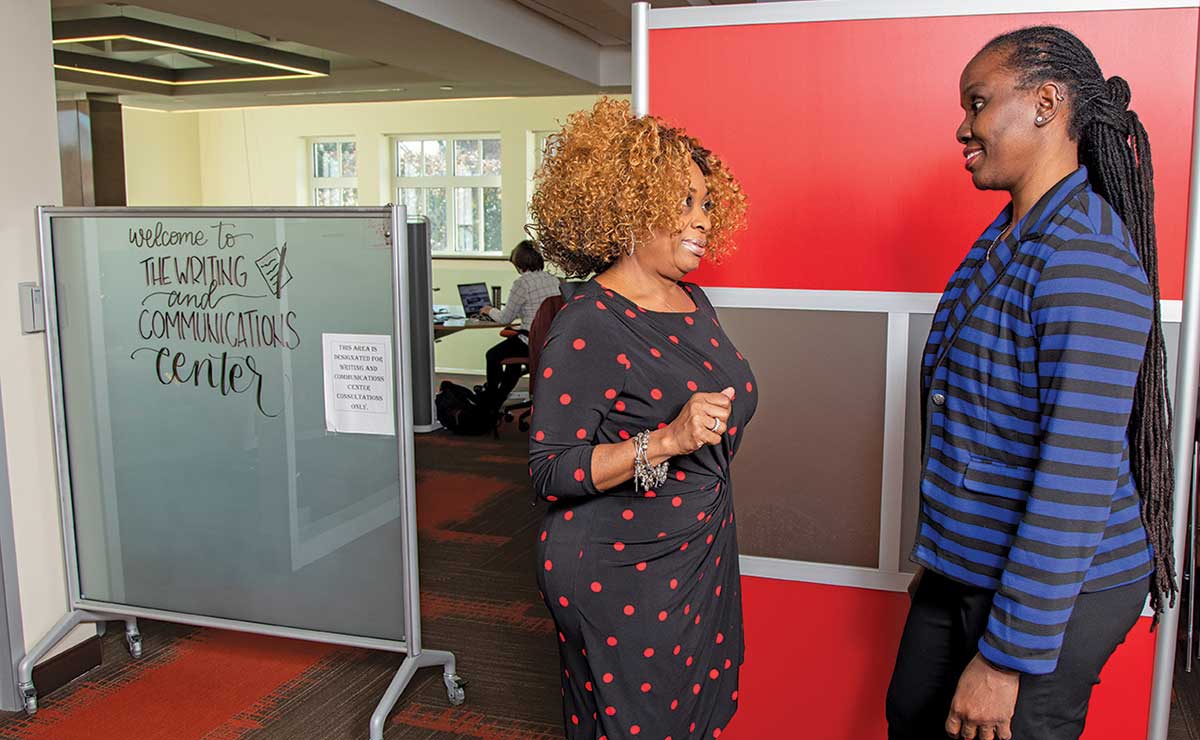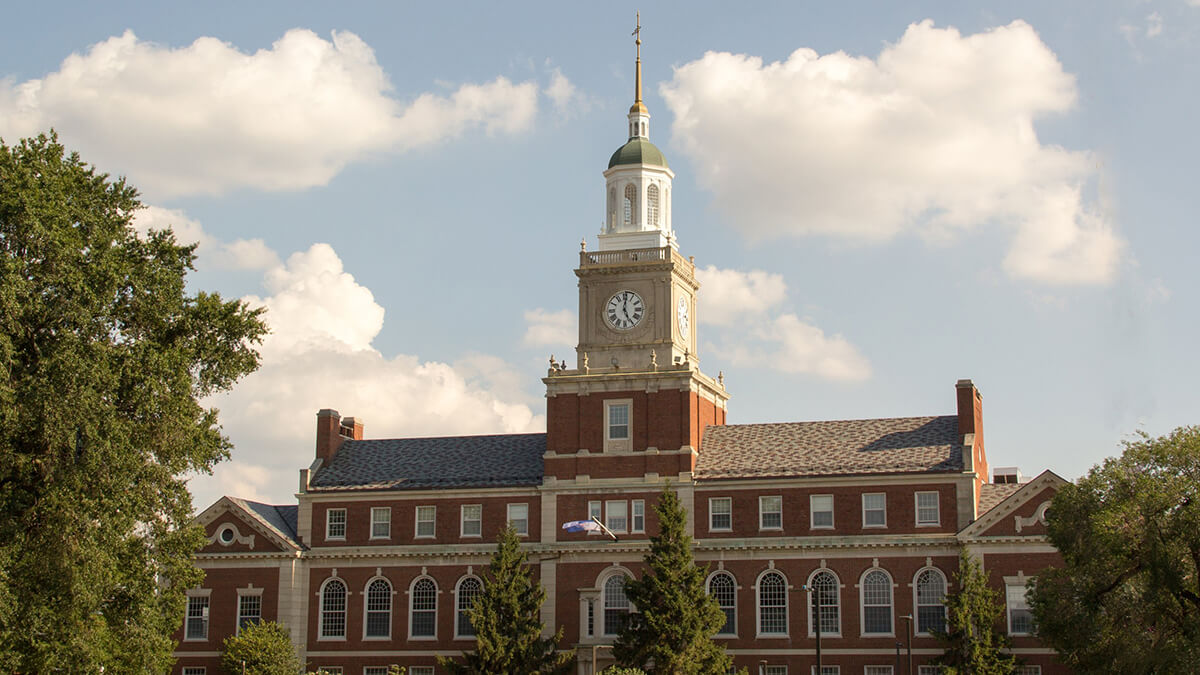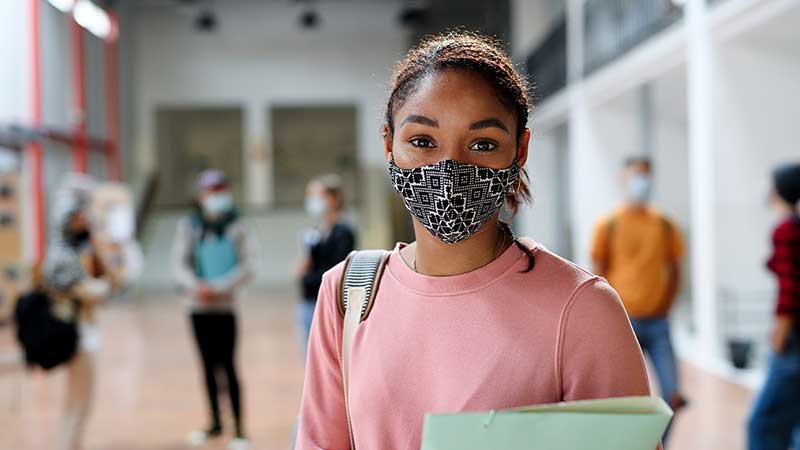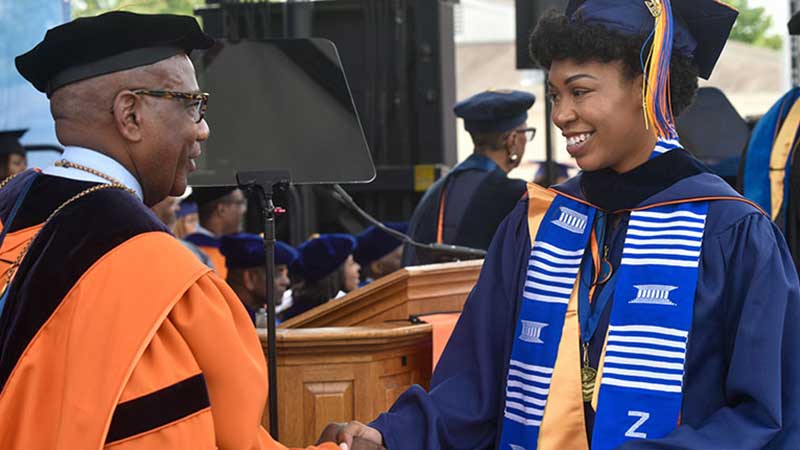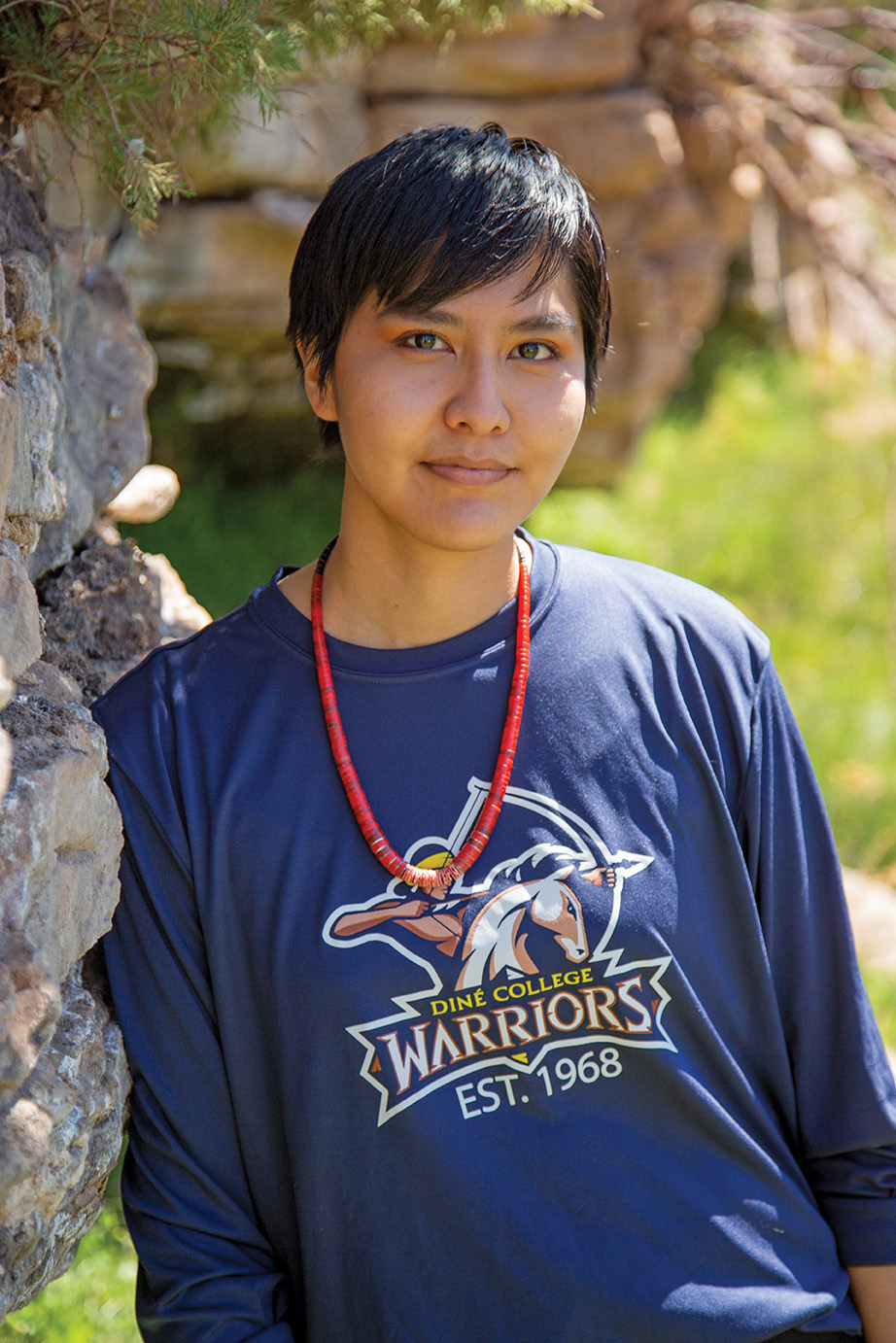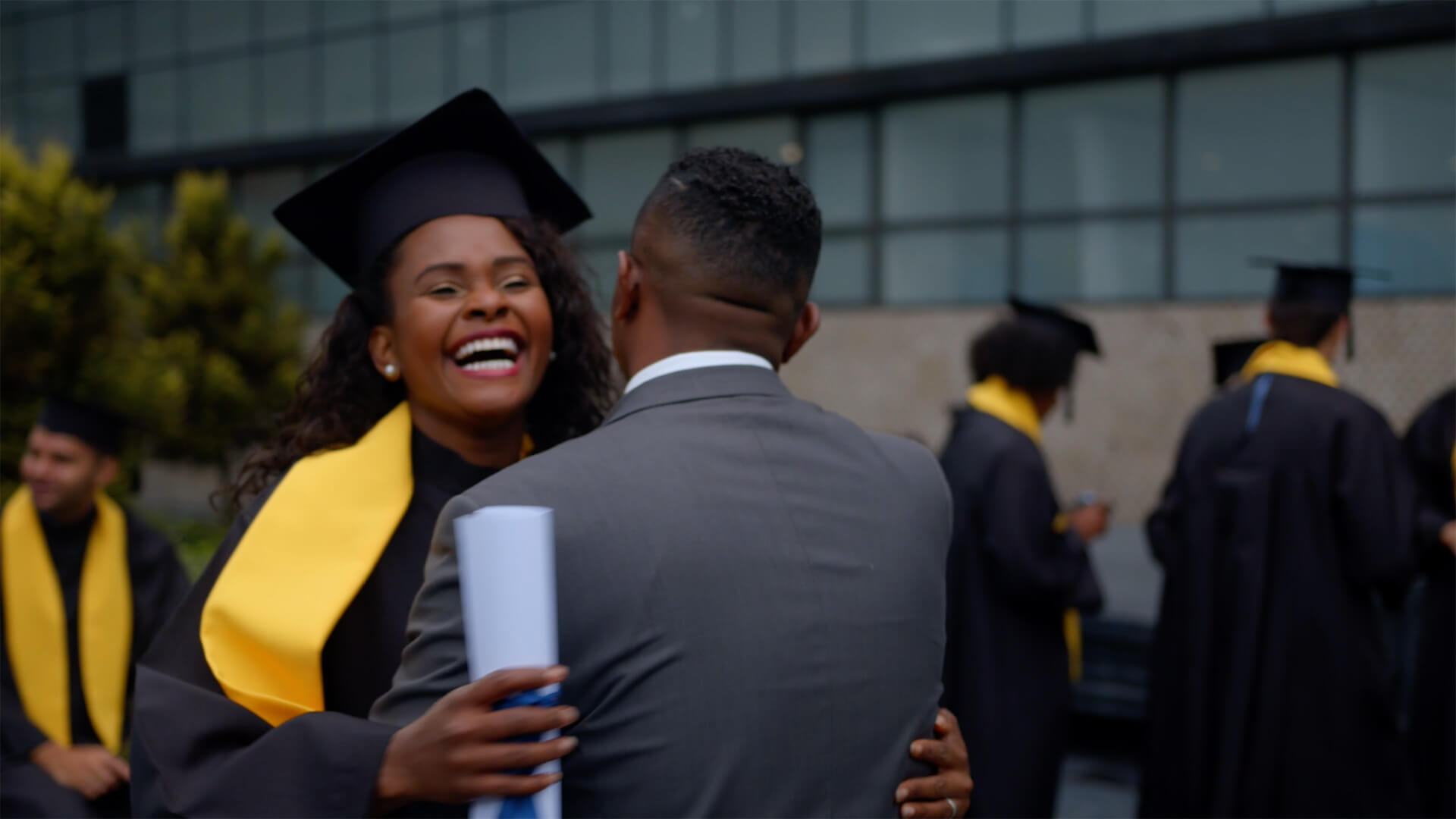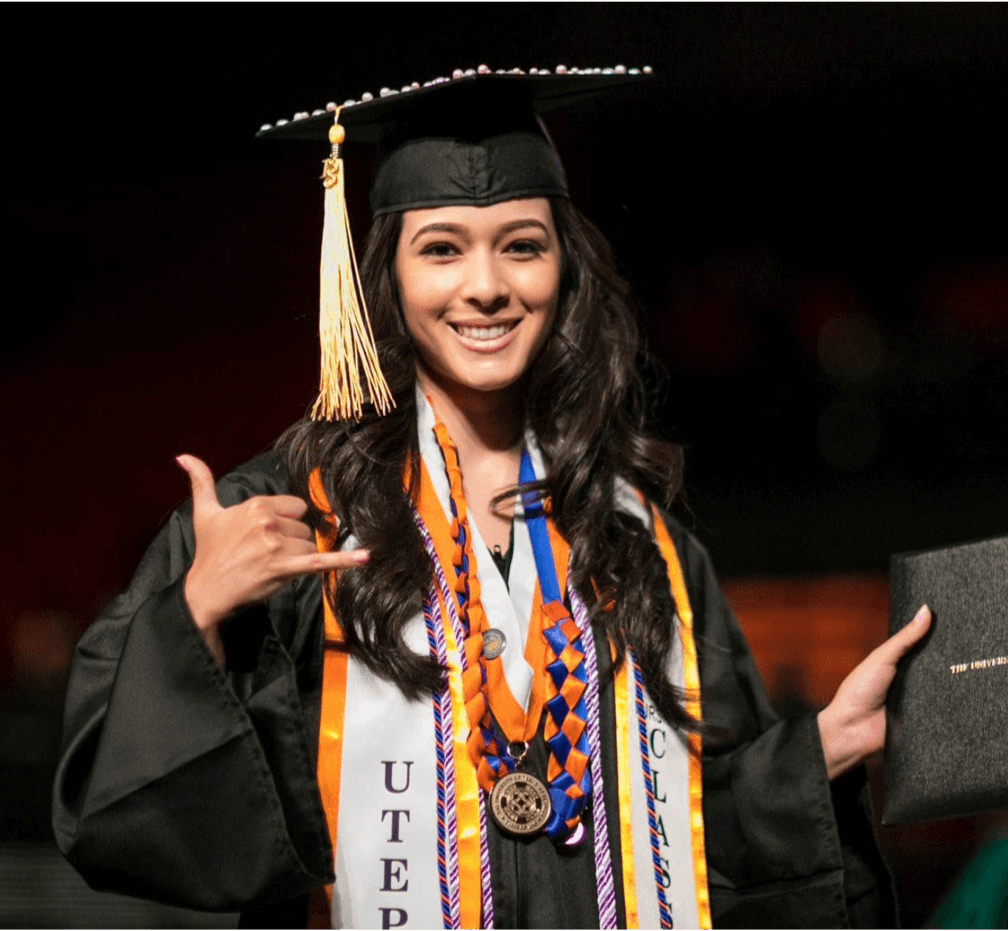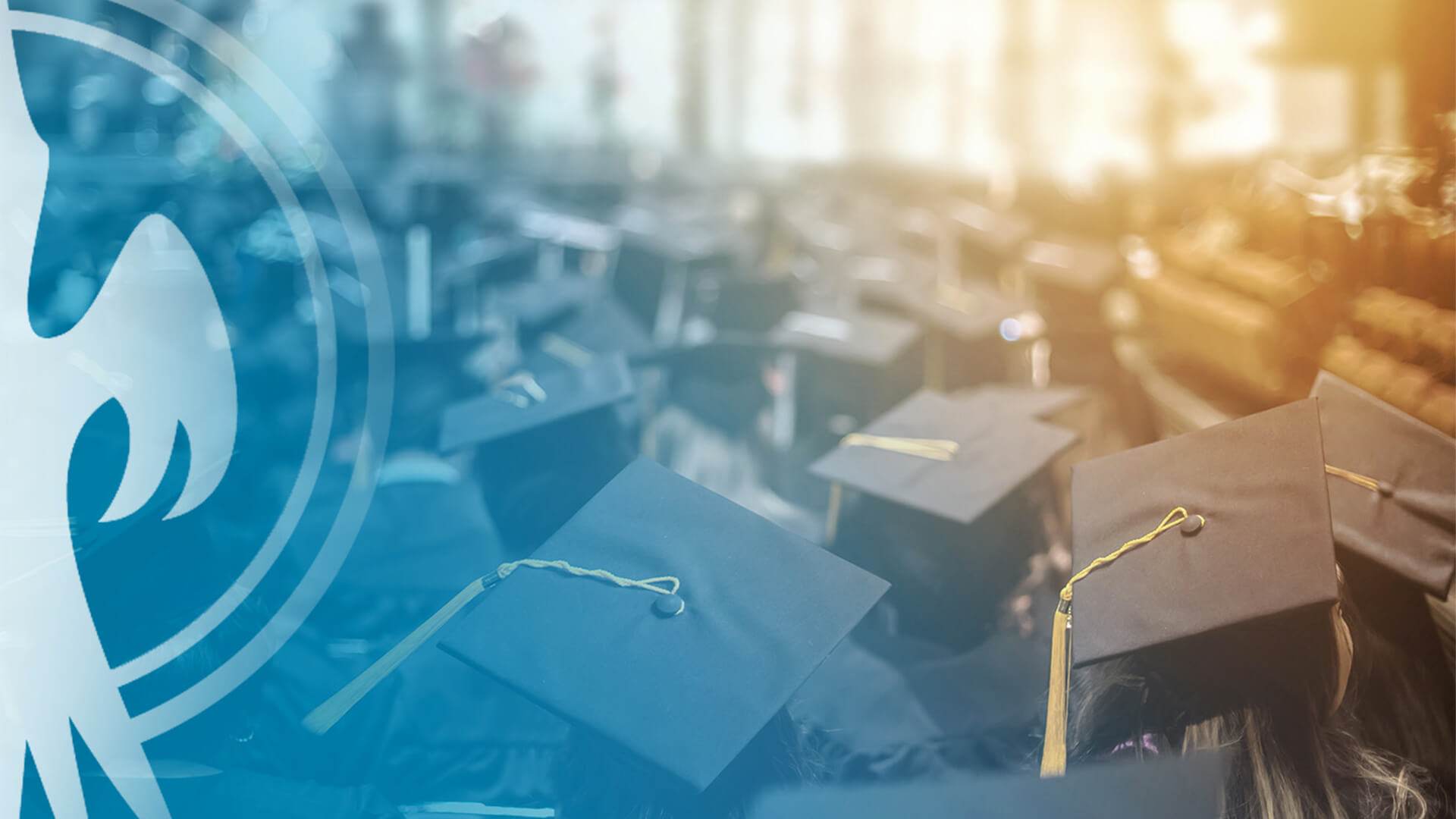Minority-Serving Institutions
Even with limited resources, minority-serving institutions have a history of benefiting students who are Black, Hispanic, Latino, Native American, and Asian American and Pacific Islanders. With greater funding, attention, and support, MSI’s can contribute even more.
The nation’s minority-serving institutions—colleges and universities that enroll large populations of students of color—have a proud and vital tradition. For more than a century, they have built a legacy of inclusion that has transformed tens of millions of individual lives—a legacy that, in many ways, has made our system of higher education the envy of the world.
The act of creating colleges to provide real opportunity to people who have long been denied—especially true of Historically Black Colleges and Universities (HBCUs) and Tribal Colleges and Universities (TCUs)—reflects our best impulses as Americans and as human beings. This commitment to justice and fairness is reflected today in the ongoing work of MSIs, including the nation’s growing number of Hispanic-Serving Institutions (HSIs).
There is a wealth of evidence to support the value of MSIs, not only to the students they serve but to the entire nation. Consider these facts:
- MSIs enroll over 5 million students.
- HSIs educate 65 percent of the nation’s Latino undergraduates.
- There are more than 700 federally designated MSIs that represent approximately 14 percent of all degree-granting institutions.
MSIs are a leading voice for students who represent the backbone of American society and the future workforce. MSIs offer unique educational experiences that foster cultural values and traditions, promote civic and community responsibility, and produce citizens who are attuned to our increasingly diverse country.
For decades, MSIs have served students who typically encounter the most significant barriers to college success—often with far fewer resources than are available at mainstream institutions. And while doing this work, MSIs have learned valuable lessons that should be broadly shared and adapted to local contexts. These colleges and universities are sources of inspiration. These institutions include:
- HBCUs: The 101 Historically Black Colleges and Universities were established prior to 1964 with the mission of serving the Black community. These institutions were founded during segregation when African Americans were denied access to higher education at traditionally white institutions. Public and Private HBCUs, established by federal law and often found in Southern states, offer a range of programs, including business, education, engineering, liberal arts, and health sciences.
- HSIs: The 500+ Hispanic-Serving Institutions have at least 25 percent Hispanic or Latino undergraduate enrollment. HSIs serve the country’s fastest-growing ethnic population and predominate in states such as California, Florida, and Texas.
- TCUs: The 37 Tribal Colleges and Universities are located on or near Native American reservations and serve Indigenous peoples. TCUs were established in the late 1960s and early 1970s through a federal initiative to provide education and training for Native American students. These institutions offer a unique educational experience integrating Native American culture, history, and language into the curriculum. In addition to serving as local cultural centers, TCUs offer vocational and technical training programs that prepare students for specific jobs in their local communities.
- AANAPISIs: The 100+ Asian American and Native American Pacific Islander-Serving Institutions have at least 10 percent Asian American and Pacific Islander undergraduate enrollment.
